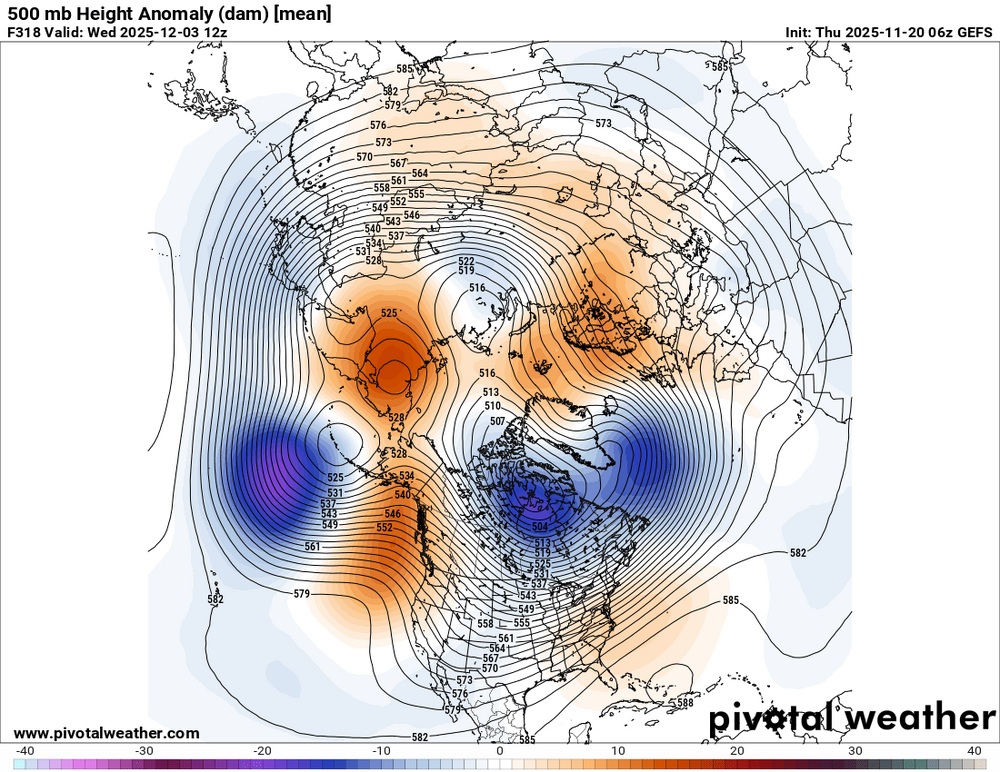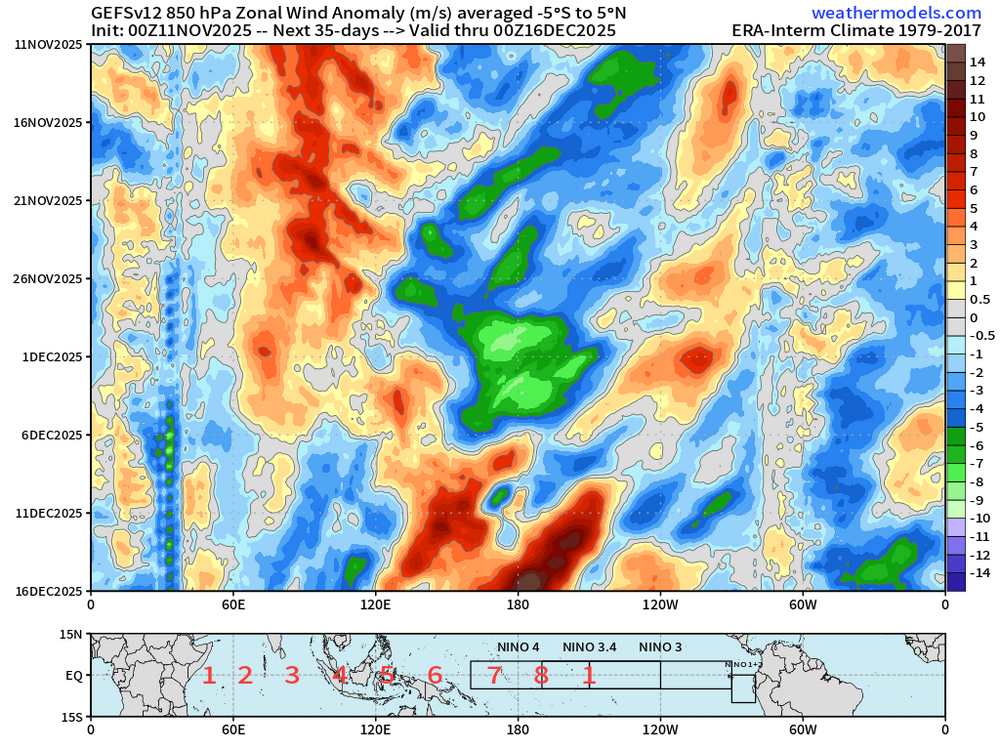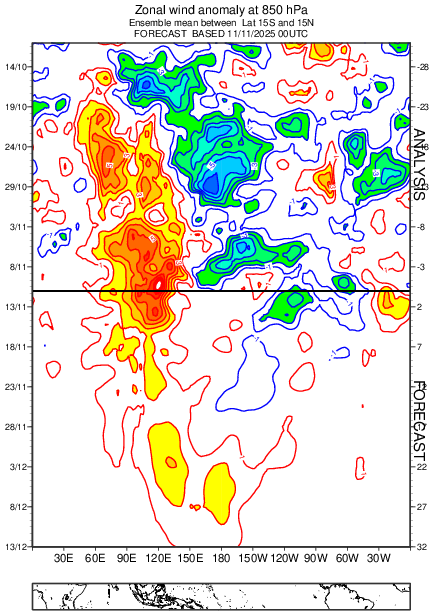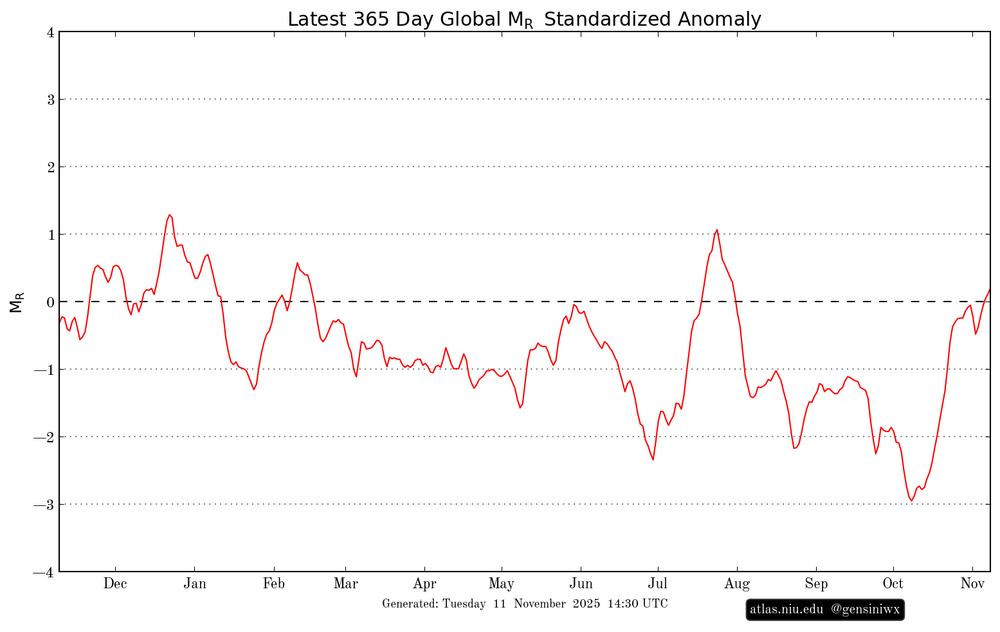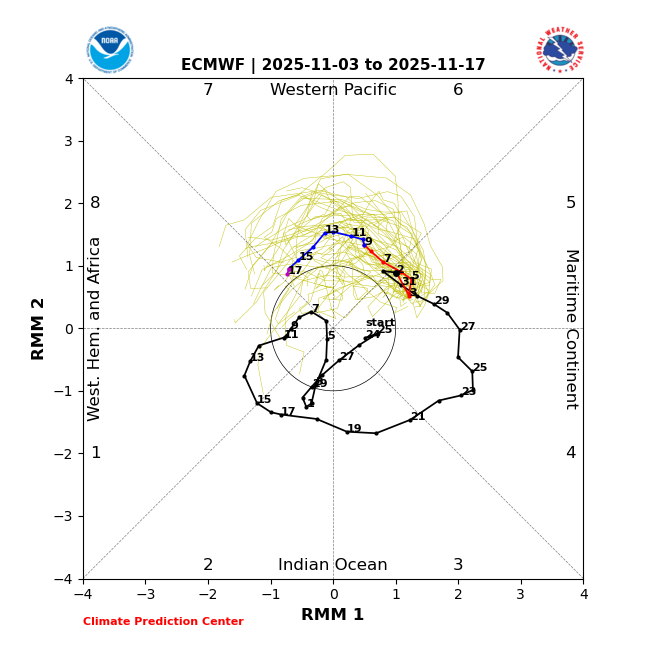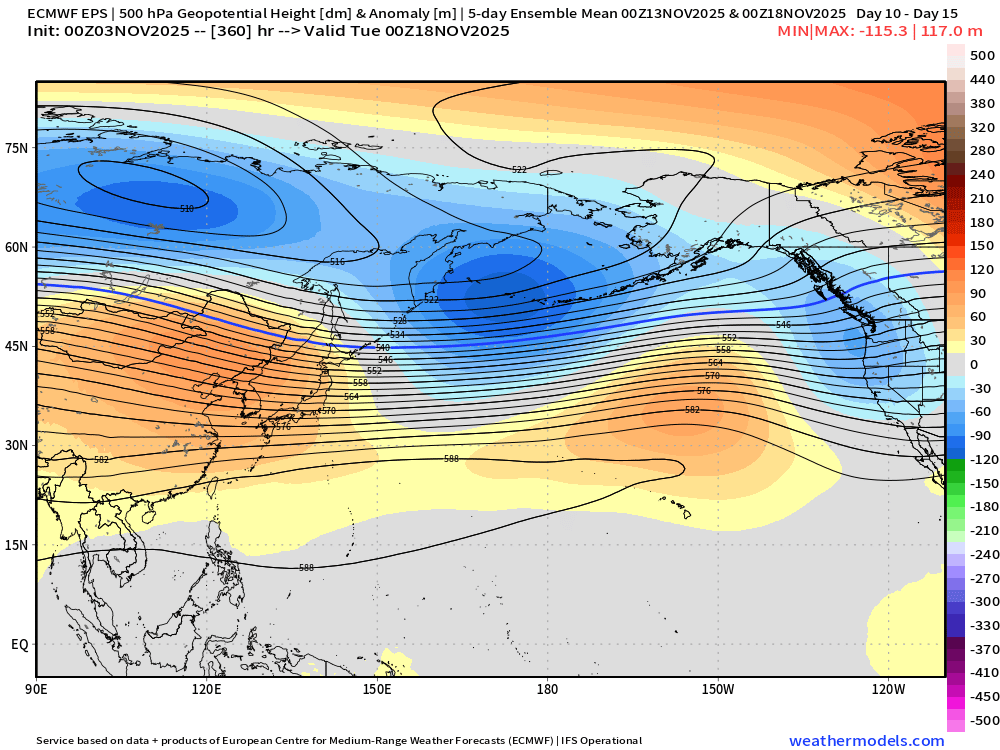-
Posts
3,488 -
Joined
-
Last visited
Content Type
Profiles
Blogs
Forums
American Weather
Media Demo
Store
Gallery
Everything posted by EasternLI
-
Nice post. Thank you for your insight. I've been watching that period thinking we might be able to sneak a better western ridge amplification in there somewhere. On the 12z EPS clusters, 2 out of 3 of them in that timeframe are indeed attempting that ridge link up. One of them being the most populated cluster.
-
Probably, but you never know. Those types of things are dictated more by nuances within any framework. One ingredient of a good storm though is a good baroclinic zone. Which we don't have if everything is warm. I like seeing the cold and then we'll see what happens.
-
That's a frigid look just starting at the end of the eps last night... -WPO loading Canada with cold air. With SW US ridging is going to relay that SE... I'll roll the dice with that anytime.
-
I don't believe one exists unless someone has done an extensive reanalysis effort? After all it was only just discovered in the early 70's. Would love to see it though if someone did.
-
I think this whole process was slowed down a little by the original Kelvin wave coming in stronger than longer range guidance was suggesting. So a little after mid month now looks like a better bet. After that period of destructive interference this is a pretty nice look starting to show up. And with the next Kelvin wave about to constructively interfere with it just beyond this.
-
What delightful thoughts these are to be pondering as I sip on some coffee early this morning. Yeah, let's get the MJO to shove that warm pool out to the dateline...
-
I feel like it's worth a casual mention that the EPS has been seeing some new Siberian warming cropping up at the end of recent runs. Today's 12z has continued with that thought. GEFS however has not been showing much interest in this idea.
-
There is, perhaps, something else to consider in the context of that. The IPO or Interdecadal Pacific Oscillation. Being an interdecadal phenomenon, it operates on timescales of multiple decades. This complicates matters. It's easy to perceive something potentially spanning over a decade as being permanent. It also encompasses the entire Pacific basin. Whereas features such as Enso and the PDO are more geographically focused and can fluctuate within the greater framework spanning multiple decades. There's a lot to read out there on the topic. 1st image below is from the NOAA Physical Sciences Lab showing the positive phase of the IPO and associated tripole signature. Interestingly, there have been some research done suggesting links between the record 2019-20 Australian wildfires and the IPO. Perhaps enhancing a negative phase along with playing a role in our most recent triple dip la nina event. By altering cloud physics. 2nd image is what we have currently. Showing a pretty clear -IPO on going to this day. One day this will shift again. My guess is that we'll see the marine heatwaves that we hear about shift as well when that happens. +IPO: Current conditions:
-
I made some quick markups on the chart from the 6Z GEFS to better illustrate what you're seeing on those charts. This ties in to the post I made a couple of days ago regarding kelvin waves and the mjo signal. The true Phase 8 attempt will be right near mid month. Just out of range still but closing in. Effectiveness remains to be seen of course. Notice on this also how the la nina influence re-emerges in between passing kelvin waves causing the loops on those charts.
-
Really good recent paper here when considering this stratosphere wave reflection event. I feel like this influence is taking control of things for a bit. And models are trying to resolve this influence. As it does fit in with what we're seeing, and what models are doing. Which, if it is, then begs the question. What takes over once the life cycle runs its course? And when? Since the end dates apparently vary (but are typically ~2 weeks) and aren't very well understood. It's interesting. Probably a future case study. Dynamics of stratospheric wave reflection over the North Pacific https://wcd.copernicus.org/articles/6/521/2025/
-
Nice post man. You know that I agree with this assessment. We've had some good chats about this occasionally in past years. It's a real factor and should be considered into the equation. Having said that. I don't think we should rush to judgement yet on this particular MJO event and I'll try to explain why. This event thus far has been driven to propagate eastward with CCKW's. Which operate due to different circumstances from the MJO and with much faster timescales. Since the beginning of this event really, they've been noticeable in the data and the models. I mentioned this phenomenon in a post here last month I think too. This is still the case on current runs. We've been seeing this alternating constructive and destructive interference cycling through the event as they do. Which is presenting itself as the loops around on the RMM charts we've been seeing. It was slowed, naturally, as it approached the La Nina state in addition to that as well. However, it seems to want to persevere on the longer range guidance. Regular ensemble runs (gefs/eps) don't run out far enough to capture the whole picture. What we've been seeing with those is an amplified trend when there is constructive interference. Mixed with other times where the signal almost vanishes when there is destructive interference from these CCKW's. The latest one is about to constructively interfere, which is offering some boost to the Phase 7 signal upcoming. Some here seem to be under the impression that the phase 8 attempt is within range of the current medium range ensembles. I think that is a mistake. Any signal giving that impression should be the current CCKW continuing to propagate through to the east. So what I think will happen, is that we will see the amplification into phase 7 as guidance is advertising. Followed by a degradation which will be denoted once again with the RMM chart doing a loop with the signal again. IMO the actual attempt for the push into phase 8 comes a little after that. With the next CCKW that should propagate through and is modeled to do so. If guidance is any indication, that should occur close to mid month in December IMO. Outside of the range of current gefs/eps runs. We'll probably see a more ambiguous signal until that time. Much like the later stages of the 12z GEFS posted right below. It could in fact fail and possibly for the reasoning that you've laid out very nicely here. Personally I think the jury is still out for this one, but that they will enter the building around mid December to prepare the verdict. Such as euro (and gefs for that matter) weekly data suggests. Today's euro weekly forecast at the very bottom. Today's Euro weeklies VP200 followed by U850:
-
Just think this is cute from the GEFS at 12z. After the PV discussion earlier. Now it shows up with a rather stout looking Scandinavian/Greenland dipole at the end of this run. Nice.
-
It's actually a little bit interesting, the way things are unfolding for the PV. Having previously seen the wave 1 tropospheric precursor pattern (displacement). In the weeks prior. Followed by the displacement event we've all been monitoring in the stratosphere now. Now, looking at some ensemble runs moving forward. We're resembling something pretty close to the wave 2 precursor (split). Which, if we take into consideration what looks to be a meaningful phase 7 mjo transit upcoming (known for PV disruption). Plus the associated WWB mentioned out at the dateline. That should act to give another boost to the AAM. If I'm recalling correctly, split events are typically achieved with a wave 1 attack (preconditioning) followed up by wave 2. Added all up raises an eyebrow a little bit. I'll just add, "setbacks" (or vice versa) from a European perspective doesn't necessarily equal the same to someone in the US for anyone reading.
-
Fair enough. However, the example you were using was displaying basically the textbook la nina phase 7 response. We'll see how it goes. Another thing for consideration. The waters in that area of the globe have cooled significantly since last year. First image below is the difference between now vs 1 year ago. Enough so, that it's mostly near normal now in the equatorial band (10N-10S). With a non insignificant area having below normal temps even for a change (2nd image). A sight for sore eyes. So perhaps that factor can be muted this time.
-
Well, yeah. It would take a little time to imprint on the circulation. Perhaps it's only one run but it was the same one. I would have expected to see some differences on the model if there were interference with the signal. Totally agree with you regarding phase 8. We'll definitely want to see the suppressed phase center itself over 120E to achieve the proper effectiveness IMO.
-
I don't know. That doesn't look very significant. Where is the said difference? This is that same eps run as posted and these look basically like a carbon copy, to me.
-
Gotta watch this. If you pop a poleward Scandinavian ridge here that suggests further damage to the PV sometime in December.
-
Remains to be seen if we can achieve phase 8. Still a little bit too far in the future for guidance, but this year... maybe? There's been somewhat of a notable trend on the EPS over the last couple of days now with the mjo. Incrementally amplifying the phase 7 transit through several runs. With today's 12z run the most amplified thus far. I bring up the EPS since it's been the one piece of guidance that has been the most reluctant with this event throughout. Here are yesterday's 00z run followed by the latest 12z EPS 200mb velocity potential (the ones in between follow the same trend). 00z yesterday: 12z today: Taking a global view of this now, in the 10-15 day mean. It's a fairly clear phase 7 signature being shown now on the 5 day mean. With the suppressed phase pushing into the MC and the enhanced phase pushing into South America. Again, this signal has been growing. Not fading away, much like we are all accustomed to in recent times, as verification time approaches. Consistent with the slower moving mjo events, as mentioned earlier in this thread. There should be a response reflected in the 500mb pattern. Or at least more likely. So I like to check the model output against the mjo composites in times like these. Since that is most certainly not always the case. In this instance though, there do seem to be at least several similarities between the phase 7 December La Nina composite. When compared with the 12z EPS forecast at day 15. Which, to me, suggests it is indeed being effective. At least in the model. What happens from here? I'm beginning to think it might be interesting to find out.
-
Yeah, that will be interesting to watch evolve. Extended range EPS and GEFS are advertising this WWB to push out to the dateline. Which has proven difficult to do in other recent La Niña years. So I'm curious to see how this one goes as we move into December.
-
-
I've been occasionally browsing these myself. Nice of him to provide an explanation here of how it works/what it does/what it's doing.
-
Its interesting times when there's potential to see an amplified MJO in the Pacific. Then firing off an +EAMT into that. Especially given the time of year...
-
-
-
There are perhaps some clues to keep an eye on in the context of this. As whatever happens higher up in the atmosphere is strongly tied to the progression in the troposphere. Namely, keep an eye on what transpires in the north Pacific. There's a great paper on these events and why they occur in both el nino and la nina. I'll post below figure 1 from this paper along with the explanation given for the image. Also of note, some of the recent ensemble runs have been showing some similarities to the precursor 500mb later in the runs. I'll add the 00z EPS from last night after that for example. I suspect the amount of members achieving the ssw have been the ones with a deep north Pacific low in their progression in the proper location. Not saying one happens, only that there seems to be a valid reason for some of those members to be showing it. Why might stratospheric sudden warmings occur with similar frequency in El Niño and La Niña winters? https://agupubs.onlinelibrary.wiley.com/doi/full/10.1029/2012JD017777 Last nights 00z EPS - note this is a 5 day mean


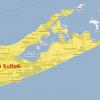
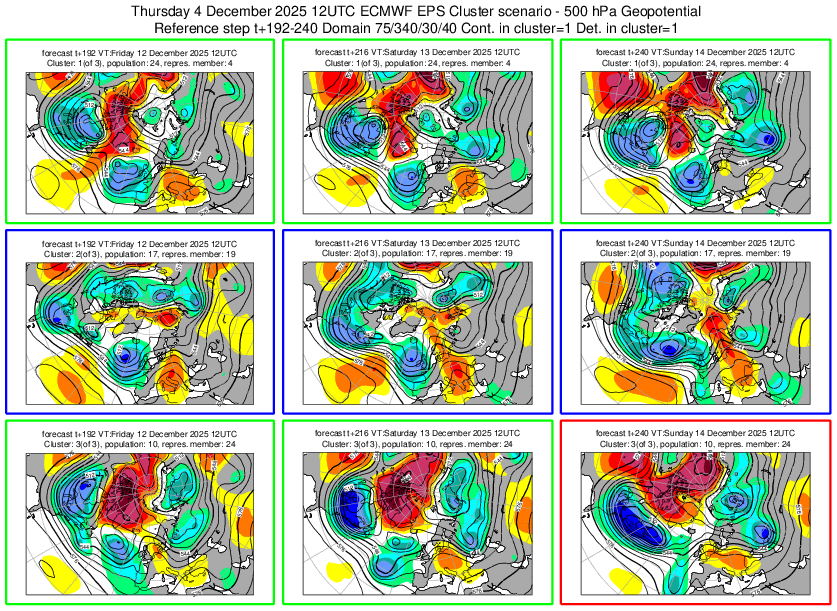

.png.62a68205e5d75ba2b72d92907c2f0095.png)

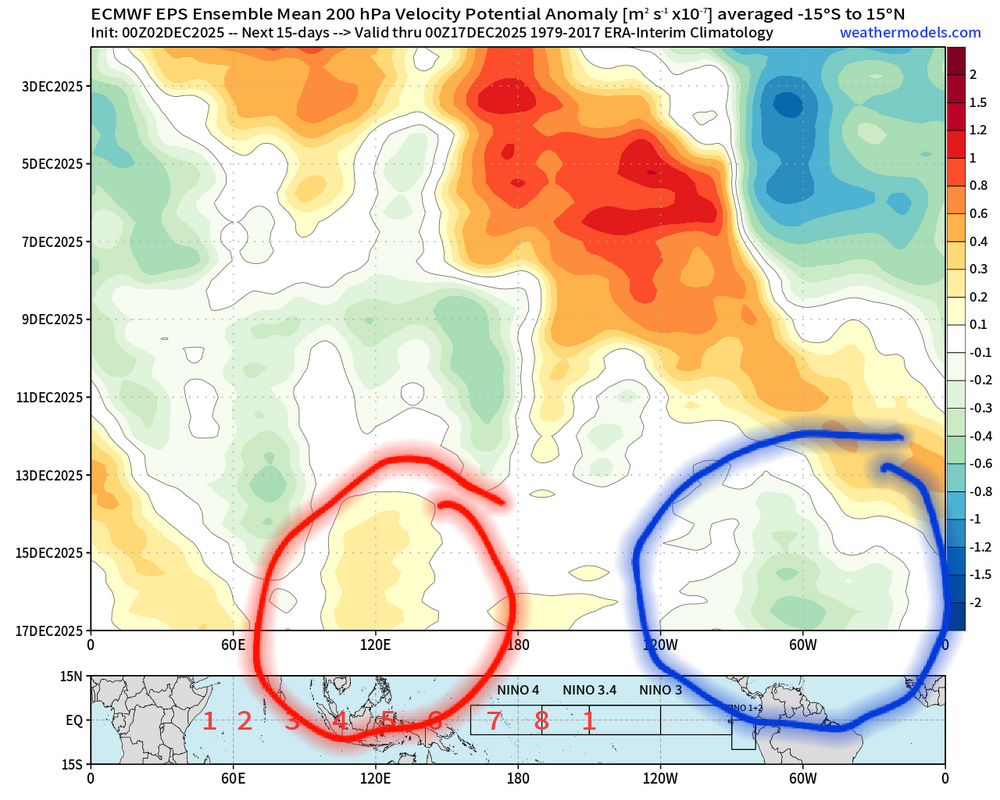
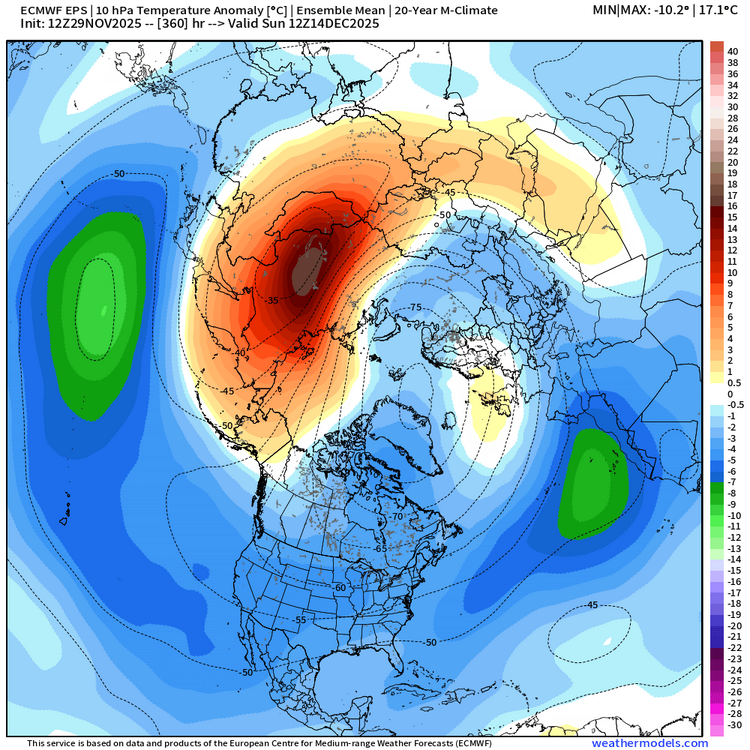

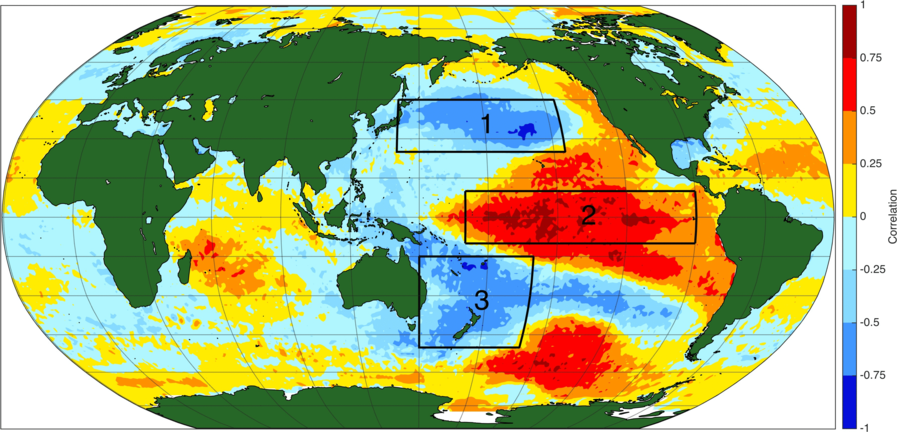
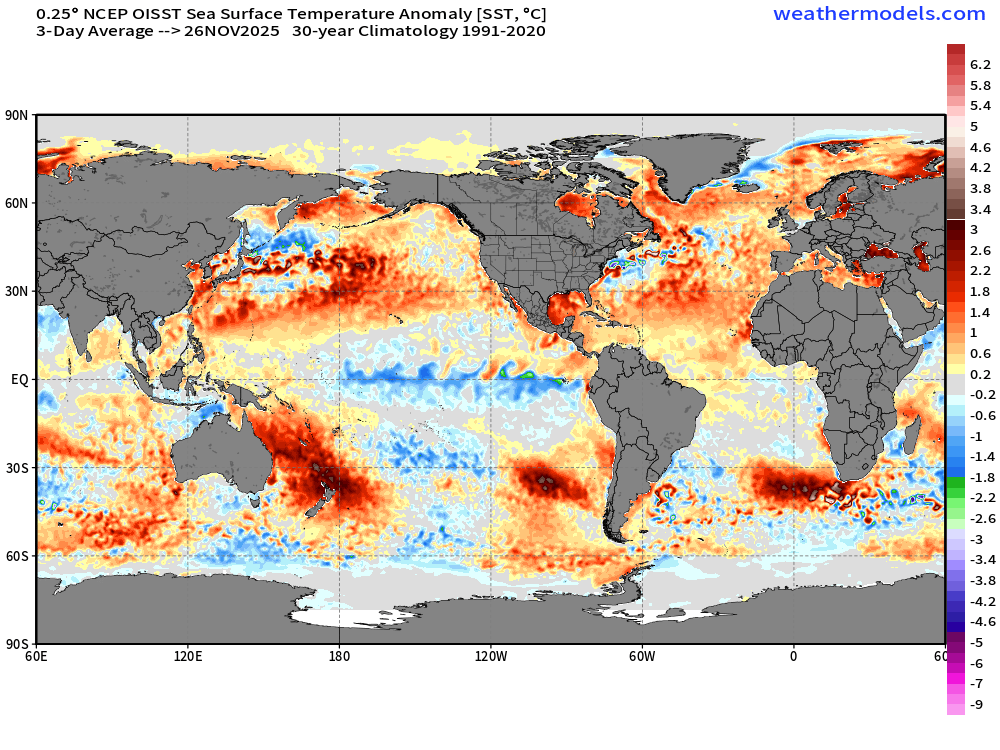
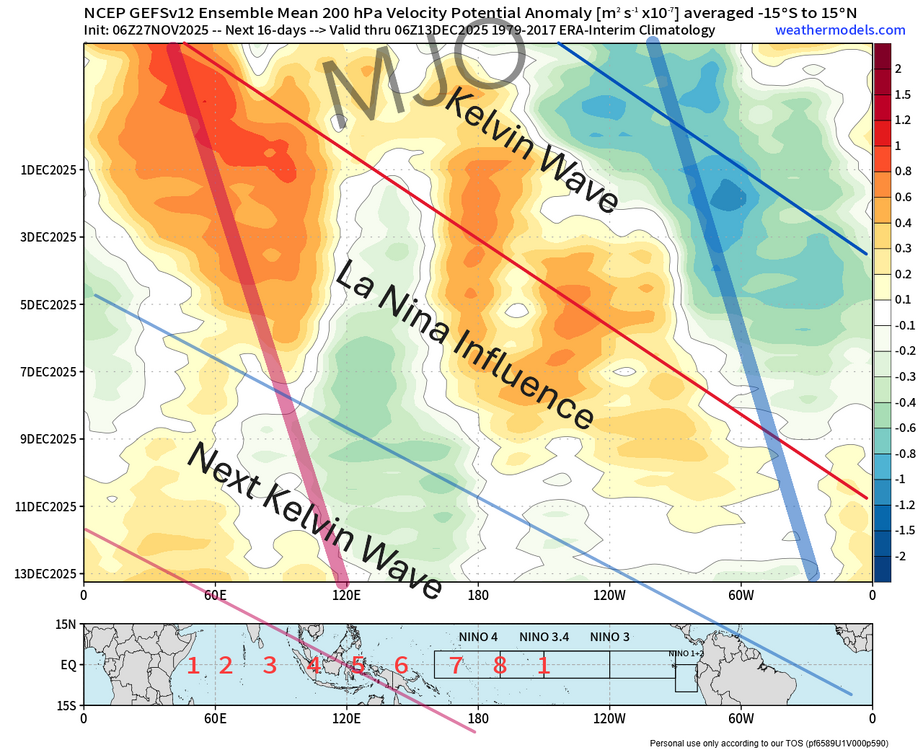
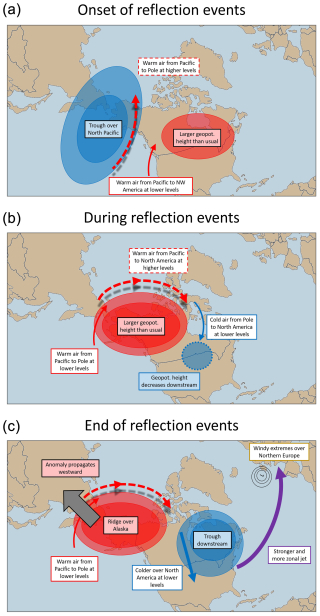
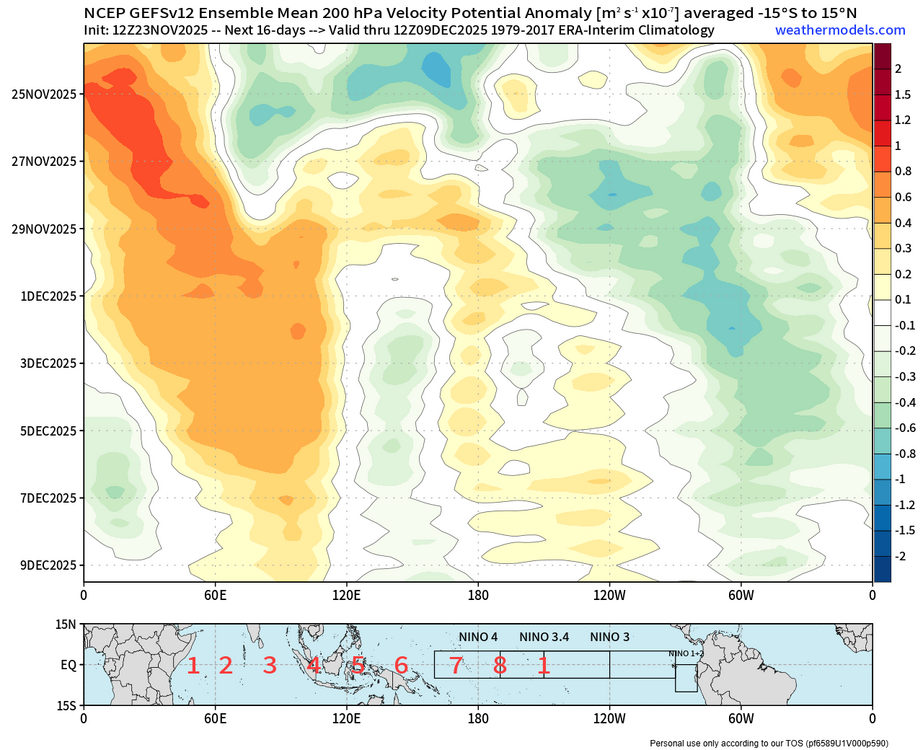
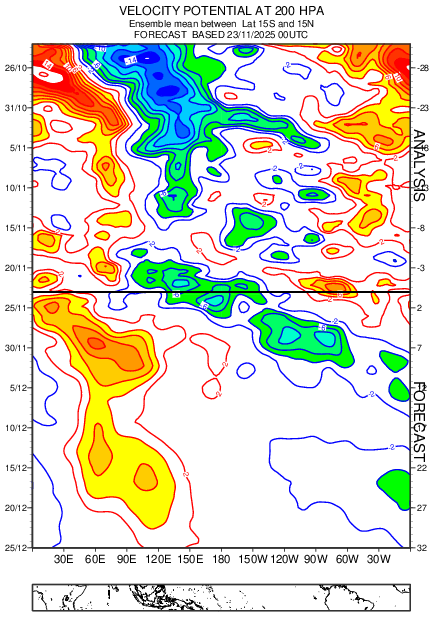
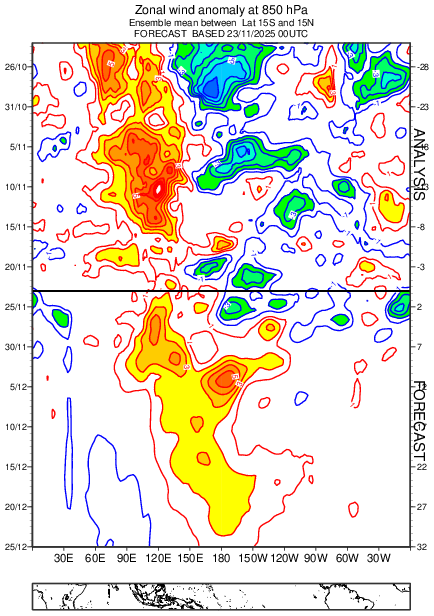
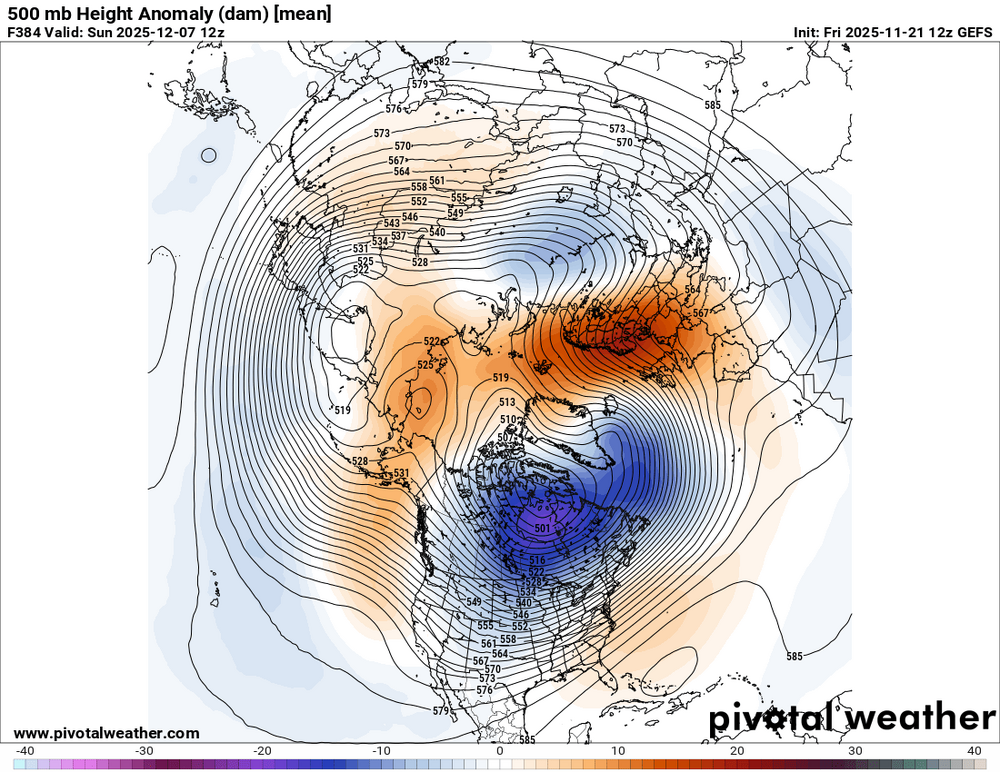
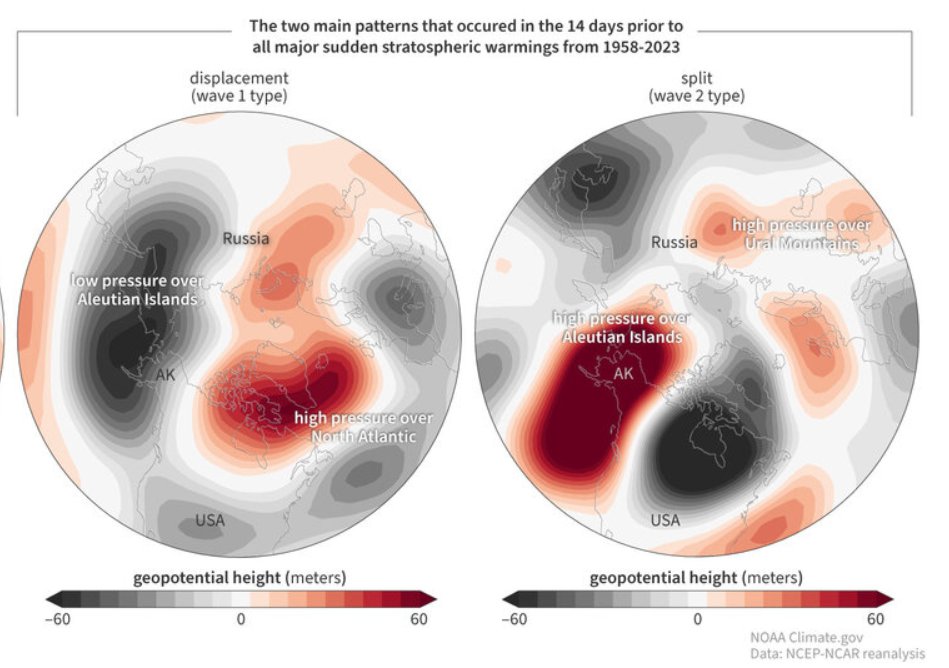
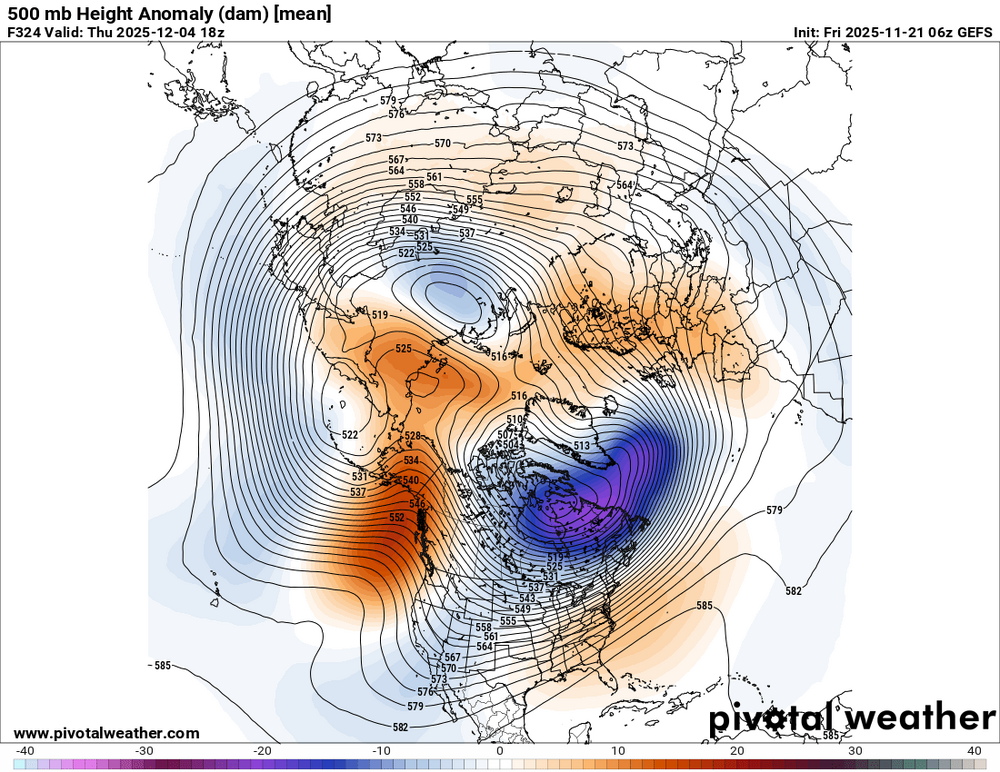
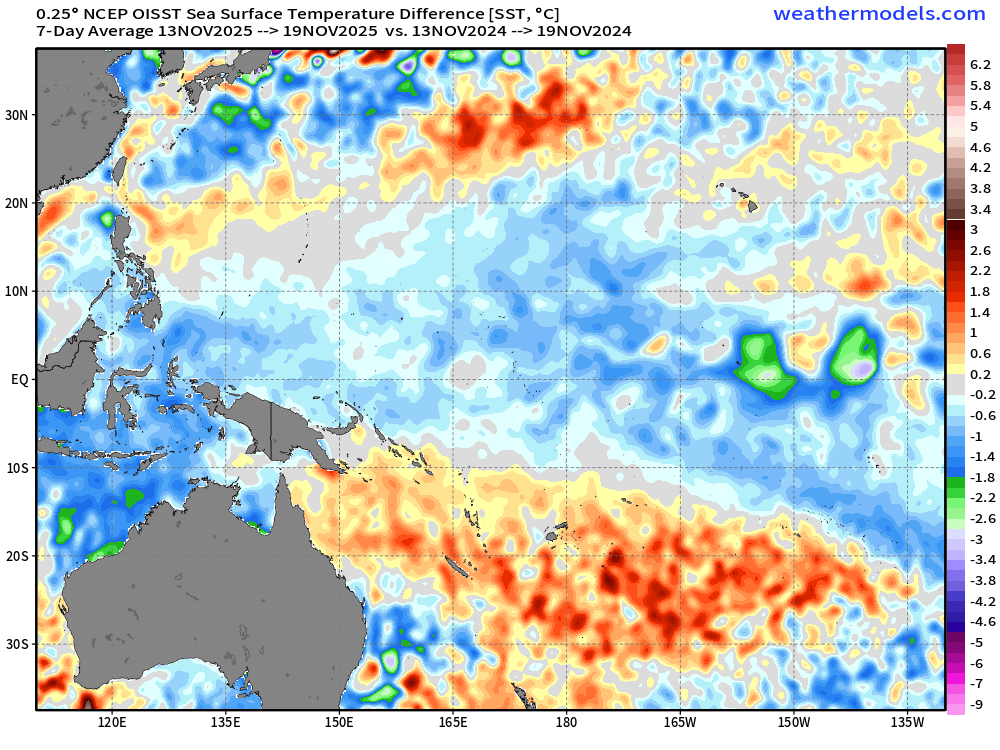
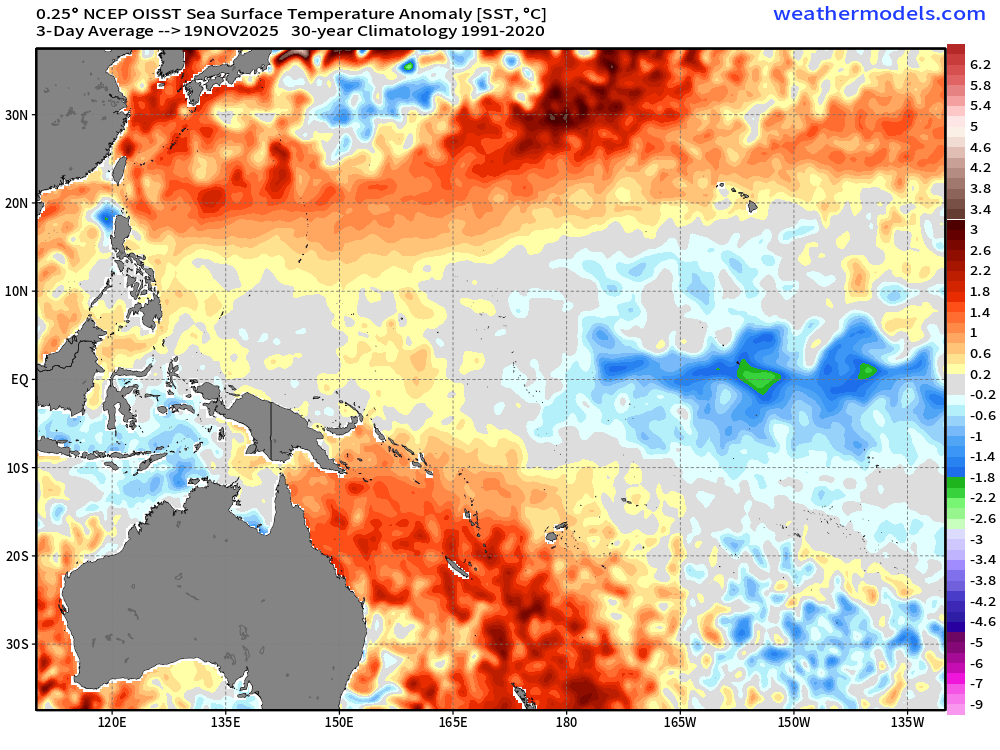
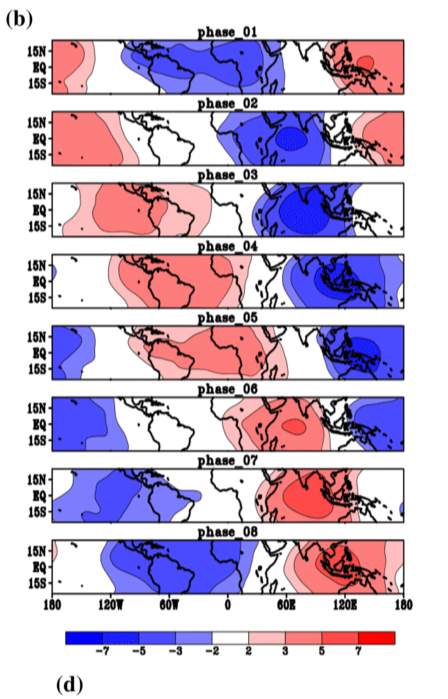
.png.9346241d3750ced6a47649ca3937de59.png)

